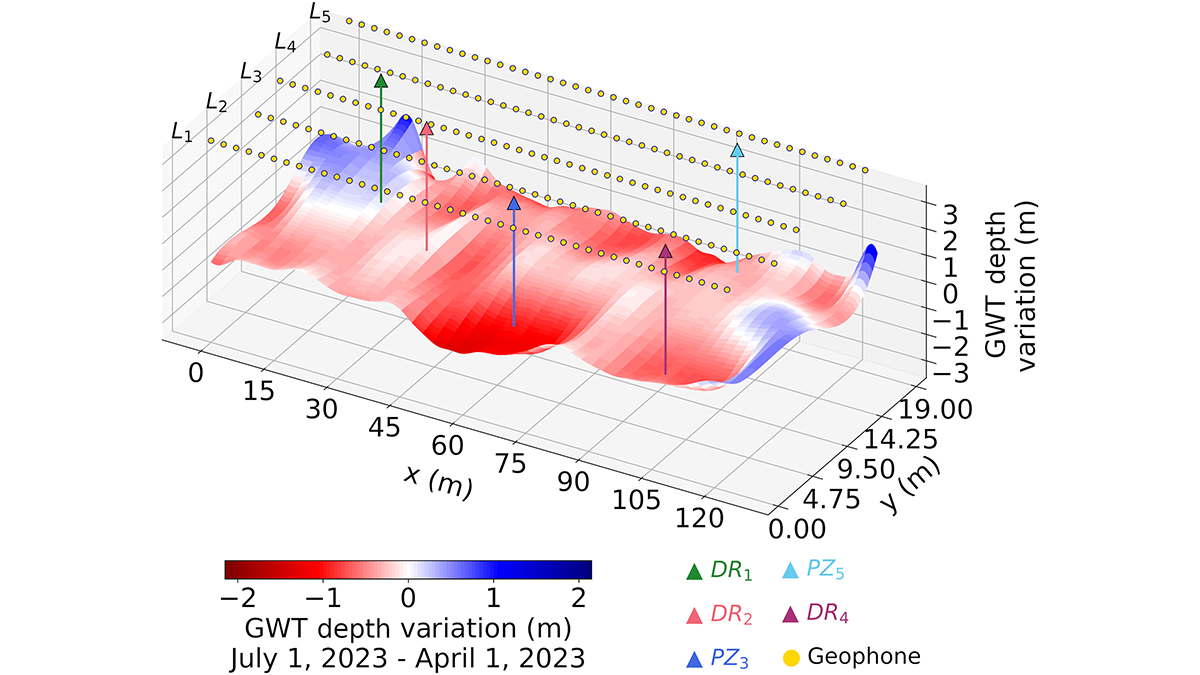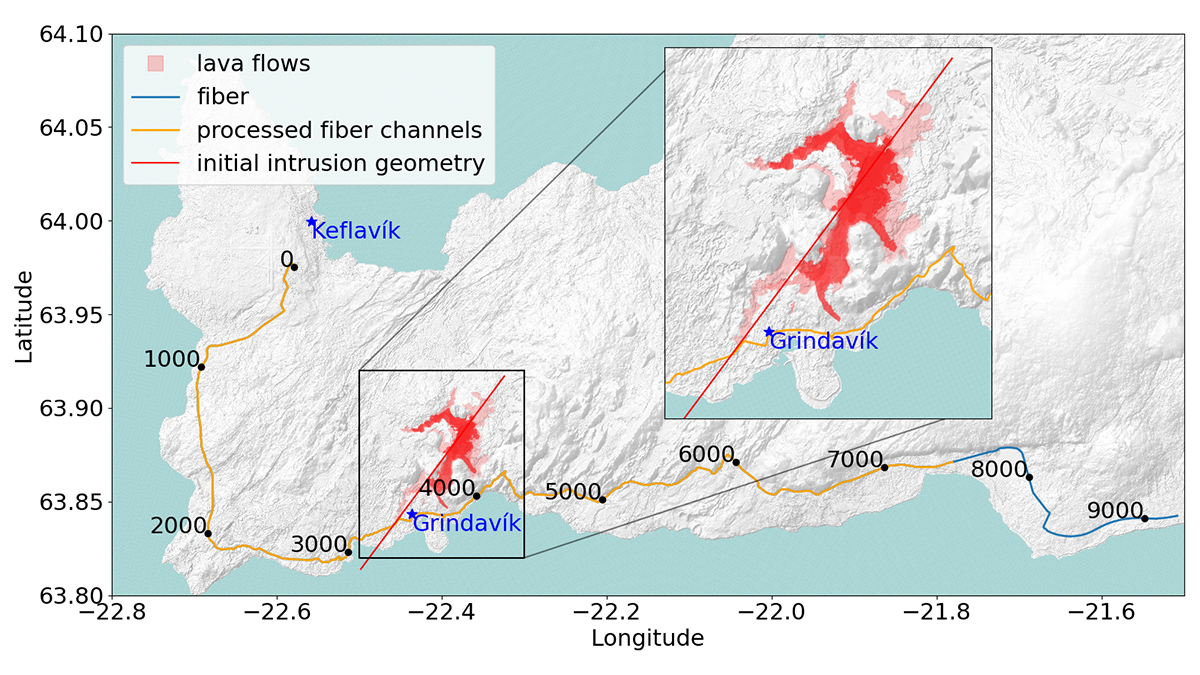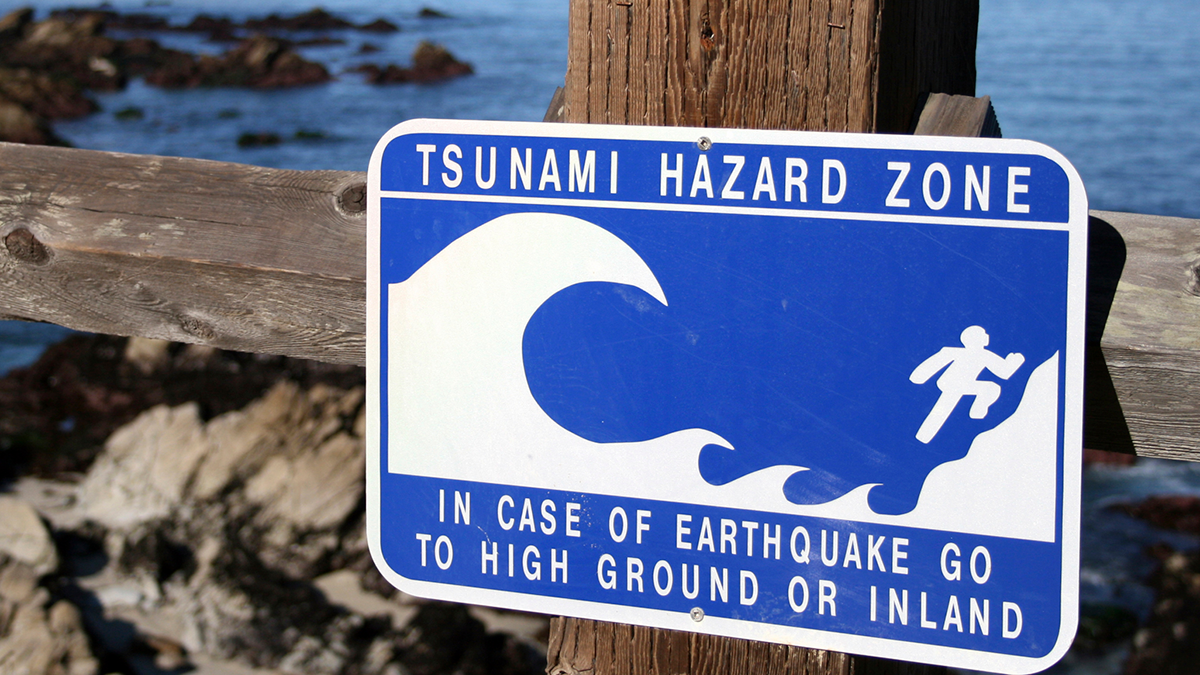New seismic images of the Lucky Strike slow-spreading segment of the Mid-Atlantic Ridge show thick lower crust at the center that thins in both along-ridge directions.
seismology
Come on Feel the Noise: Machine Learning for Seismic-Wind Mapping on Mars
Wind vibrations measured by NASA’s InSight mission seismometer are mapped into wind speed and direction to detect major annual weather patterns and open new possibilities for planetary instrumentation.
Seismometers Provide Fuller Picture of Los Angeles Groundwater
A new method to evaluate deep aquifers shows even torrential rains haven’t fully replenished groundwater beneath Los Angeles.
Listening to Groundwater Dynamics
Deep learning from shallow passive seismic data reveals groundwater table depth information in space and time.
Tiny Icequakes Ripple Through Greenland’s Largest Ice Stream
Seismologists made an accidental discovery on the Northeast Greenland Ice Stream, changing the way glaciologists understand how ice moves.
Observing Magma-Induced Seismic Velocity Changes with Fiber-Optics
A new high-resolution method for tracking volcanic activity utilizes fiber-optic sensing to detect magma intrusion by measuring seismic velocity changes.
The 16 October 2022 Cilan Landslide in Taiwan
The Landslide Blog is written by Dave Petley, who is widely recognized as a world leader in the study and management of landslides. In a paper just published in the journal Natural Hazards and Earth System Sciences, Chang et al. (2025) describe the 16 October 2022 Cilan Landslide in Taiwan. The research is fascinating, using […]
T-waves May Improve Tsunami Early Warning Systems
A unique acoustic wave related to the generation of tsunamis could be used to enhance early warning systems.
Deep Beneath California’s Sierra Nevada, Earth’s Lithosphere May Be Peeling Away
Evidence for lithospheric foundering, or the process of denser material sinking into the mantle, is emerging.










